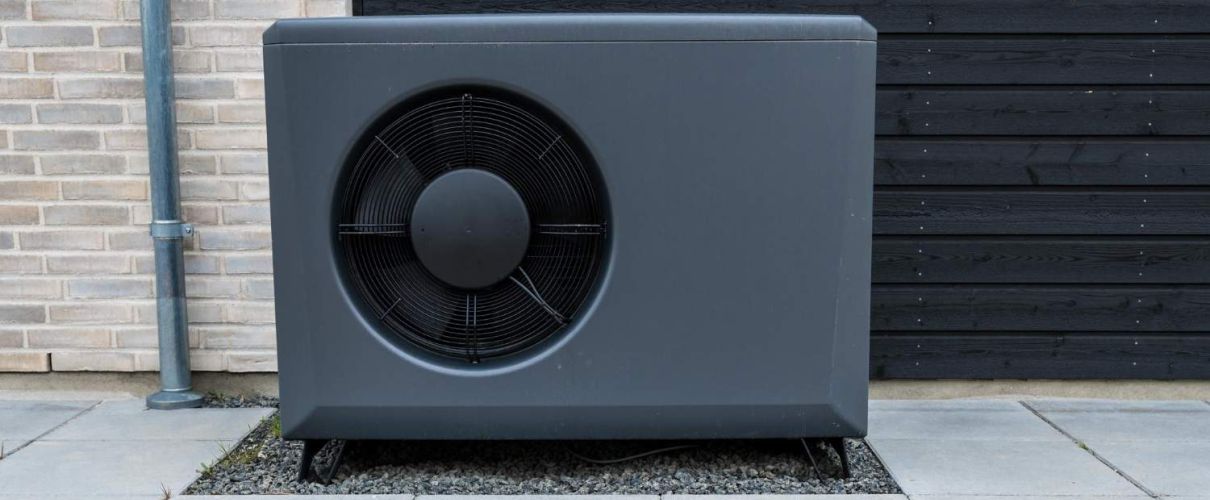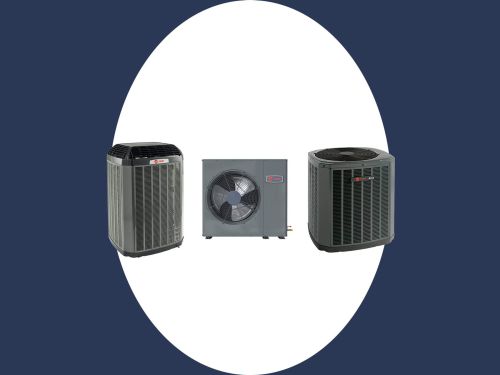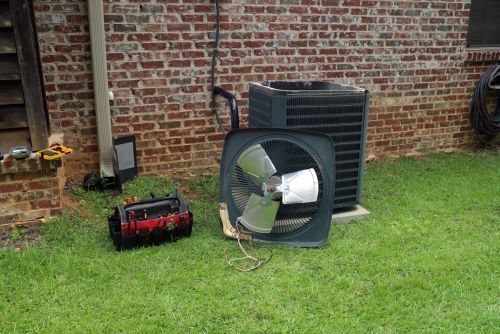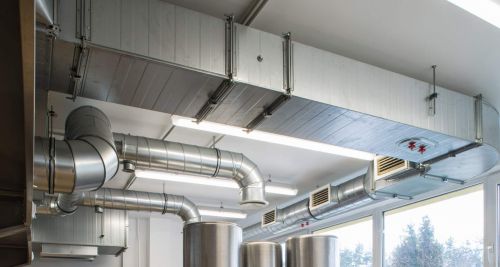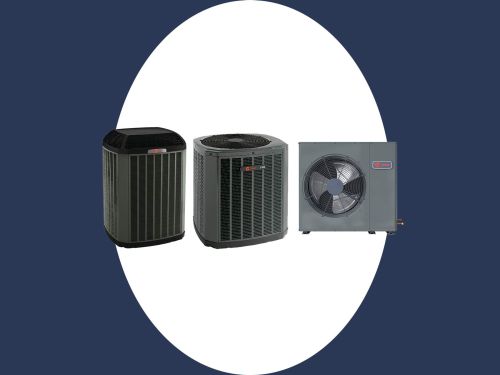Heat pumps play a critical role in maintaining home comfort by efficiently managing the temperature to keep residents cool during the hot summers and warm during the brief winters of Tampa. Homeowners rely on them to provide consistent climate control throughout the year. When these systems encounter issues, it can disrupt daily life and lead to increased energy bills, which no homeowner wants to face. One of the most common concerns with heat pumps is the appearance of error codes, which can be confusing and frustrating. Understanding these codes is key to addressing the problem promptly and avoiding costly repairs.
Error codes serve as diagnostic tools that help identify what might be wrong with your heat pump. While some errors might indicate minor issues, others could point to more significant problems needing immediate attention. Familiarizing yourself with these codes can help you determine whether you can safely troubleshoot the issue yourself or whether it’s time to call in our technicians. By gaining a better understanding of what these codes mean, you can maintain your heat pump’s efficiency and ensure your home remains comfortable at all times.
Common Heat Pump Error Codes and Their Meanings
When it comes to heat pump error codes, homeowners in Tampa often encounter a variety of them. Here are some typical codes and their explanations to help you understand what might be going wrong:
1. E01: Sensor Error
– This error typically indicates a problem with the temperature sensor, which might be malfunctioning or disconnected. It’s important to check the connections and ensure the sensor is properly attached.
2. E02: Outdoor Unit Failure
– This code signals an issue with the outdoor unit, possibly due to blocked vents or a malfunctioning fan. Cleaning the area around the outdoor unit and ensuring it has proper ventilation might help.
3. E03: Low Refrigerant
– A sign that the refrigerant levels might be low, leading to inefficient heat transfer. It’s advisable to contact our professionals for a thorough check and recharge if necessary.
4. E04: High Discharge Temperature
– This error suggests that the discharge temperature is too high, which could be due to blocked airflow or overcharging of refrigerant. Checking and cleaning the filters might resolve this.
5. E05: Communication Error
– When this code appears, it usually means there’s a breakdown in communication between the indoor and outdoor units. Make sure all wiring is secure and look for any visible damage.
Being aware of and understanding these error codes can help you quickly identify what might be wrong with your heat pump. Addressing the issue early can prevent further damage, save on more extensive repair costs, and ensure your home remains comfortable and energy-efficient. Always proceed with caution when handling equipment, and remember that some issues require professional diagnosis and repair to ensure your system functions safely and efficiently.
Troubleshooting Tips for Common Error Codes
When faced with heat pump error codes, having a basic understanding of troubleshooting can be quite helpful. While some issues are straightforward and easily tackled, it’s crucial to identify when professional assistance is needed. Here are some common steps you can take:
1. Check the Power Supply: Ensure the heat pump is connected properly and that there are no tripped circuit breakers. Disconnect the unit briefly and reconnect it to reset the system.
2. Inspect the Air Filters: Clogged air filters can cause error codes related to airflow. Regularly cleaning or replacing your filters can prevent such issues.
3. Examine Outdoor Units: Make sure the outdoor unit is clear of debris and that nothing is blocking the vents. This can resolve issues related to flow and ventilation.
4. Review Wiring Connections: Secure any loose wires. Damaged wires need professional attention to avoid further problems.
5. Confirm Thermostat Settings: Sometimes, errors can arise from incorrect thermostat programming. Check if the settings align with your current needs.
These steps can address minor issues, but always prioritize safety by turning off power before any inspection. If these efforts don’t resolve the issue or if any actions seem risky, it’s best to call our technicians. Unresolved problems often indicate complex electrical or mechanical issues that require expertise.
When to Call Our Professionals
Certain signs suggest the need for expert help. If troubleshooting doesn’t clear the error codes, or if the heat pump exhibits unusual noises, leaks, or persistent errors, it’s time to contact us. Professional diagnosis is vital for problems like refrigerant leaks, faulty compressors, or complicated electrical failures. Our professionals bring the expertise needed for these scenarios, ensuring your system operates safely and efficiently.
Preventative Maintenance Tips
Proactive maintenance can help prevent error codes and keep your heat pump running smoothly. Regular inspections can identify potential issues before they develop into major problems. Here are some tips for maintaining your heat pump in Tampa’s climate:
– Regular Filter Changes: Replace air filters every couple of months to ensure unobstructed airflow and improved air quality.
– Schedule Seasonal Inspections: Arrange for a professional inspection before peak seasons. For Tampa, this means checking the heating elements before winter and cooling elements before summer.
– Keep Outdoor Units Clean: Regularly clear debris and trim surrounding plants to prevent airflow obstruction.
Routine maintenance enhances efficiency and prolongs the life of your heat pump. It also reduces the likelihood of unexpected breakdowns, making it a wise investment for homeowner peace of mind.
Maintaining Optimal Heat Pump Performance
Ensuring your heat pump’s optimal performance involves paying attention to both its daily operation and long-term maintenance schedule. Regular check-ups, combined with timely filter replacements and mindful thermostat usage, can greatly improve your system’s efficiency. Implementing these habits reduces energy consumption and minimizes the likelihood of encountering error codes.
By staying informed and attentive, you can maintain your home’s comfort and bypass many common issues that might otherwise disrupt your day-to-day life. Effective heat pump management translates to fewer complications, allowing you to enjoy a reliable and efficient system year-round.
Contact Sunstate Mechanical Contractors, Inc. for Expert Heat Pump Service
Maintaining a reliable heat pump is a smart way to prevent recurring error codes and system breakdowns, so consider scheduling a heat pump service in Tampa to keep your equipment running smoothly. If troubleshooting hasn’t resolved the issue or if your system continues to display persistent error codes, our professionals at Sunstate Mechanical Contractors, Inc. can help restore your unit’s performance and ensure consistent comfort in your home. For a quick estimate or to book a service visit, please contact us today.
Maintaining a reliable heat pump is a smart way to prevent recurring error codes and system breakdowns, so consider scheduling a heat pump service in Tampa to keep your equipment running smoothly. If troubleshooting hasn’t resolved the issue or if your system continues to display persistent error codes, our professionals at Sunstate Mechanical Contractors, Inc. can help restore your unit’s performance and ensure consistent comfort in your home. For a quick estimate or to book a service visit, please contact us today.
Latest Articles
- Common AC Condenser Problems That Require Professional Attention In Westchase
- Why Your AC May Be Blowing Warm Air In Your Tampa Home
- The Most Important Steps In Spring Heat Pump Tune-Up Services
- How To Know When Your AC Problem Requires Same-Day Emergency Service
- Top Warning Signs Your Air Conditioner Needs Professional Replacement
Other Topics
- News (30)
